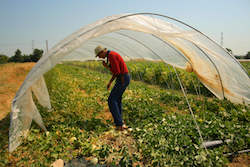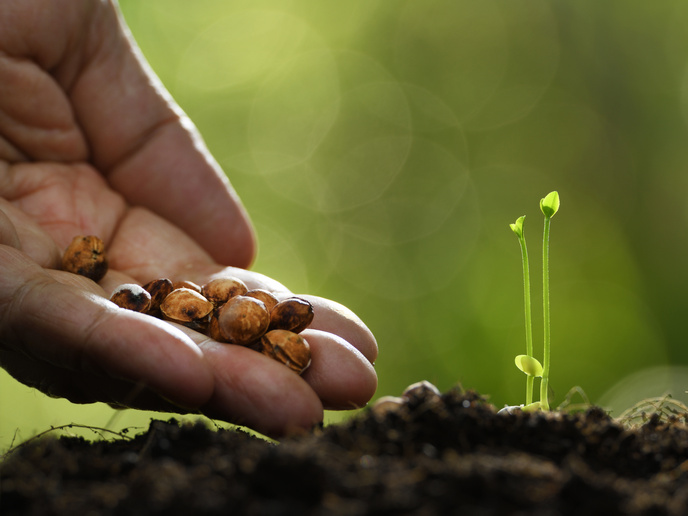Social urban agriculture gives more benefits
Urban food systems are sprouting in many European cities, including Berlin, Paris and Barcelona. They range from high-tech businesses using technological innovations such as aquaponics or LEDs to grow crops intensively in a city centre to more socially oriented projects such as ones turning urban wasteland into a community garden. But there is a lack of data on which models deliver the most benefits. “Until now, most studies have evaluated some aspect of urban agriculture such as the environmental benefits or the qualitative social contribution… but no project was covering them all,” says Esther Sanyé-Mengual, main researcher for the SustUrbanFoods project and the recipient of a Marie Curie fellowship grant while based at the University of Bologna in Italy. “So we wanted to evaluate both types of urban agriculture and use a method that looks at the three dimensions — social, environmental and economic — to measure the overall sustainability of these innovations,” she adds. Food security and reinvention Urban agriculture has become increasingly popular in developed countries over the past two decades, spurred on by the economic crisis of the late 2000s. “Due to the crisis, a lot of spaces that were reserved for new real estate became vacant so… people saw an opportunity to do food production,” says Dr Sanyé-Mengual. This was “not only for economic reasons, such as people finding in community gardens a way to get food, but as a way of reinventing themselves, for instance when people lose their jobs,” she says. The SustUrbanFoods team developed a methodological framework comprising 22 indicators for assessing the three dimensions of how urban agriculture initiatives perform. They applied this to case studies in 11 European cities, comprising a mix of high-tech solutions and socially innovative ones. All three dimensions This produced some unexpected results. “One of the things we found was that social innovations contributed the most to the three dimensions of sustainability in comparison to technical innovations,” says Dr Sanyé-Mengual. She cites the example of a community-supported project on the outskirts of Bologna which had managed to involve 300-plus people in turning a 47-hectare plot of land into an organic farm. “They were contributing in terms of training, community and relationship-building, they were not using chemicals, were efficient in water use and had a good level of production, so in environmental terms they were performing very well,” she says. “In the economic dimension the food was competitive and they were providing jobs. We were surprised by their performance in the economic and environmental dimensions.” The SustUrbanFoods researchers produced a set of recommendations for policymakers covering areas such as design, crop techniques and which crops will contribute the most to different criteria such as food security or environmental sustainability. Policymakers should embrace both technical and socially-oriented models of urban agriculture, according to Dr Sanyé-Mengual. “Policymakers may think that high-tech solutions can be the answer to issues such as carbon emissions, but if they focus on just one way of promoting urban agriculture, they will forget the big dimension of sustainability,” she says.
Keywords
SustUrbanFoods, urban agriculture, sustainability, policy recommendations







